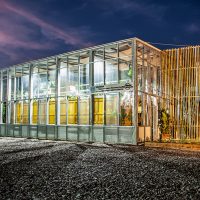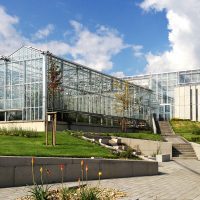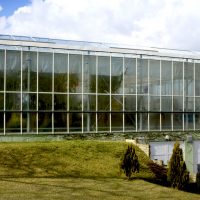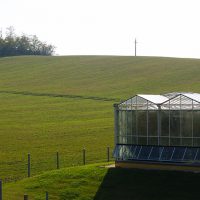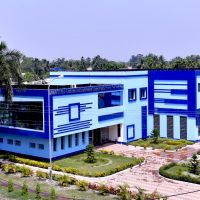Connecting to the network includes connection fees, construction of new sewer lines and pumping stations as well as additional monthly sewer fees charged to homeowners, negatively impacting the financial attraction of the development.
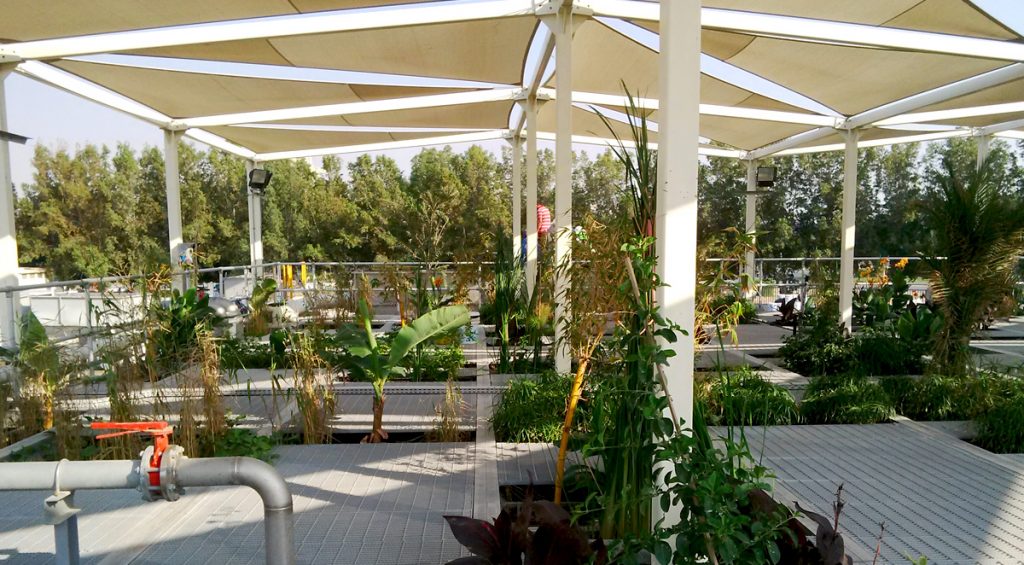
CHALLENGE
A large developer and a provider of utility infrastructure services formed a development partnership (“Group”) in the UK that envisioned a network of new, yet traditional, villages comprising of 5,100 homes within 1,200 acres of rolling countryside. However, the area lacked adequate wastewater infrastructure to transport the wastewater to the existing local treatment facility, raising a major hurdle in moving the project forward. Additionally, the local treatment facility was in need of repairs and near its maximum capacity, making it even more expensive for the local utility to serve the development’s treatment needs. Without the proper infrastructure in place, the development could not move forward as the developer would not be permitted to sell any homes.
To cover the cost of providing the necessary infrastructure to connect the new homes to the existing network along with treatment upgrades, the local utility proposed charging the Group US$6.7 million in connection fees. In addition, the utility would charge the Group or the homeowners $163/home annually (an aggregate of US$830,000 for the project) in sewer fees to treat their wastewater.
To improve the economics of the development and reduce dependence upon the existing infrastructure and local utility, the Group began assessing other alternatives.
OPTIONS
As an alternative, the Group evaluated the construction of an onsite wastewater treatment solution, and the option to manage the facility’s operation over the long term.
This evaluation raised serious concerns around the use of conventional onsite solutions and neighborhood impacts. Due to poor aesthetics and odor issues (collectively the “psychological footprint”), and large land requirements, the developer was reluctant to utilize a conventional treatment system as it would reduce home values as well as the amount of developable land. Further, the Group had a real emphasis on designing homes in a “park setting” to promote a thriving, sustainable community. Any conventional treatment system onsite would run contrary to that ideal.
When the Group was introduced to the Organica solution, it proved to be the only viable onsite treatment option. With minimal physical impact and zero psychological footprint, an Organica-powered facility was able to truly integrate into the development. This enabled the Group to take control of their investment and gain independence from the utility. Further, as Organica-powered facilities are less cost-intensive to operate compared to conventional onsite treatment options, the Group was projected to recoup its investment within a reasonable time frame at attractive returns.
As the local utility learned of the Group’s plans to construct and operate their own facility, they reduced their connection fee by 75% to US$1.7 million. Still, the Group decided that instead of paying the utility a one-time fee for which it would see no financial returns, it would invest this same amount (US$1.7 million) in the construction of an Organica-powered facility and corresponding pipeline to the nearest discharge access point more than 1 mile away. The remaining capital of US$5.5 million required for this build out would come as the Group’s own investment, with an aim to recover their investment by charging fees for wastewater treatment (though lower than the utility).
ORGANICA BENEFITS
In contrast to connecting to the public sewer network, an Organica facility offers on-site wastewater treatment, with numerous benefits:
- Cost-efficient
- Additional revenue
- generating potential
- Sustainable
- Public image enhancement
THE ORGANICA SOLUTION
COST EFFICIENCY GENERATES ADDITIONAL REVENUE FROM FACILITY OPERATION
As a result of its energy-efficiency, sophisticated operation and highly automated control system, the Organica-powered facility is able to deliver seamless and low-cost operation, with a projected payback period of approximately 10 years.
This lower operating cost was the determining factor that allowed the project to be economically viable. The Group could afford to charge homeowners a treatment fee 10% lower than the utility’s proposed fees, and still manage to recoup their investment and generate notable net revenue. Moreover, the reduced sewer charges was successfully used to attract people to move to the development over other areas, resulting in a true win-win situation.
Over the first 20 years, the Group expects to realize an 16% IRR and over US$20 million in additional net revenue through management of the facility once the development is complete.
SUSTAINABLE SOLUTION IN SYNC WITH PROJECT
The non-urban setting was the cornerstone and driving force of the project, designed and marketed as a place that recognized the virtues of space to live, breathe and grow. With minimal physical and psychological footprint,
Organica-powered facilities are able to seamlessly integrate into the community with virtually no buffer zone, on a site as small as 724 m2, without negatively impacting property values. Organica’s sustainability and appealing visuals – preserving “green space” within the community – matched and enhanced the public image of the development.
TAKE CONTROL OF YOUR INVESTMENT
In choosing an Organica-powered solution, the Group was able to take control of wastewater management costs and reduce its dependence on the local utility and public infrastructure, all while generating additional revenue.
Assumptions: Wastewater discharge fees are assumed to increase by 5% per annum. Fee charged via Organica is assumed to be at a 10% discount to the utility’s rates. Organica OPEX is assumed to increase at an annual rate of 3%. NPV is calculated over a 20-year time frame using a 10% discount rate.
Disclaimer: Financial estimates used are based on a proposal for a greenfield project in the UK. Images are sample displays. This case study is created for informational purposes only, and should not be considered as a quote or offer of any kind. Financial data, OPEX, CAPEX, actual footprint, components (including but not limited to water reuse functionality), etc. may vary per project depending on the actual requirements

